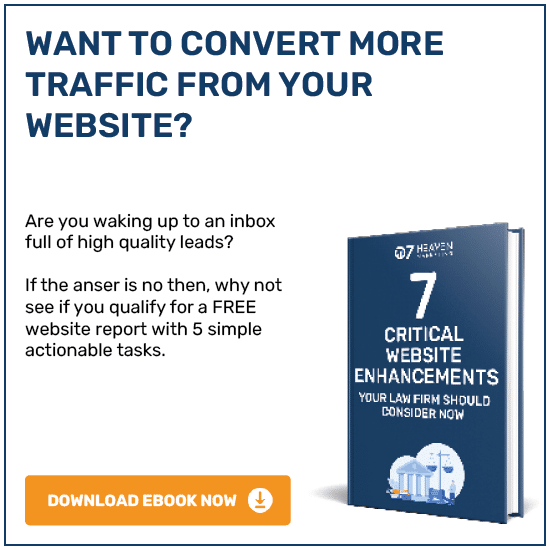In the digital realm, the significance of page speed is often underestimated by many, especially novice business owners. However, it’s a crucial element that plays a pivotal role in Search Engine Optimisation (SEO) and overall website performance. Since May 2021, when Google incorporated “Core Web Vitals” into its page experience ranking factors, the emphasis on page speed has intensified. This article delves into the essence of page speed and its optimisation, underlining its importance for the success and health of any online business answering why is my Google score so low.
Understanding Page Speed Optimization
Page speed refers to the duration it takes for a web browser to receive and display content from a server. This metric is fundamental to a website’s ranking as slower-loading pages are prone to higher bounce rates and reduced average time on page. It’s not just about how fast a website loads, but also how efficiently it responds to user interactions. Google’s PageSpeed Insights tool is a resourceful tool to gauge your site’s performance in this regard.
Measuring Page Speed: Lab Data vs Field Data
Measuring page speed involves analyzing both lab and field data. Field data provides real-world user experience insights, utilising sources like the Chrome User Experience Report. Conversely, lab data, collected in controlled settings, offers reproducible results that are crucial for isolating and resolving performance issues.
Core Web Vitals and Their Significance
Core Web Vitals are crucial metrics influencing page speed. These include:
- Largest Contentful Paint (LCP) – Measures the load time of the main content.
- First Input Delay (FID) – Assesses interactivity delays.
- Cumulative Layout Shift (CLS) – Evaluates visual stability.
- First Contentful Paint (FCP) – Indicates when the first text or image is visible.
Why is Page Speed Paramount for SEO?
Google’s algorithm directly factors in page speed for ranking websites. A swift page load time reduces bounce rates and extends dwell time, both critical for SEO. With mobile-first indexing being a standard since July 2019, mobile SEO performance, influenced significantly by page speed, is more crucial than ever.
Page Speed’s Impact on Conversion Rate and Bounce Rate
A fast-loading site not only retains users longer but also boosts conversion rates. The bounce rate, indicating the percentage of single-page visits, escalates with each additional loading second. Therefore, optimising page speed is essential to keep bounce rates low and conversions high.
The Essentials of Web Performance Audit
Web performance audits, offered by various companies, are vital in identifying elements that hamper page speed. Key metrics like Time To First Byte (TTFB) and the number of Round Trips are part of this comprehensive evaluation.
Checklist for Enhancing Page Speed
Improving page speed involves:
- Conducting regular A/B testing.
- Optimising internet traffic routing.
- Utilising a Content Delivery Network (CDN).
- Adjusting the number and quality of ads.
- Limiting plugins and redundant page elements.
- Choosing an efficient web host.
- Minimising page redirects.
- Employing page optimisation services.
Conclusion
The importance of page speed in SEO cannot be overstated. It’s not just a one-time task but an ongoing process requiring constant monitoring and updates. With the evolving nature of SEO guidelines, many businesses opt for professional page speed optimization services. By prioritising and optimising page speed, businesses can ensure better rankings and relevance to their user base. For more insights and tailored suggestions, explore our blog or contact us at info@07hm.co.uk or 01702 410663.






